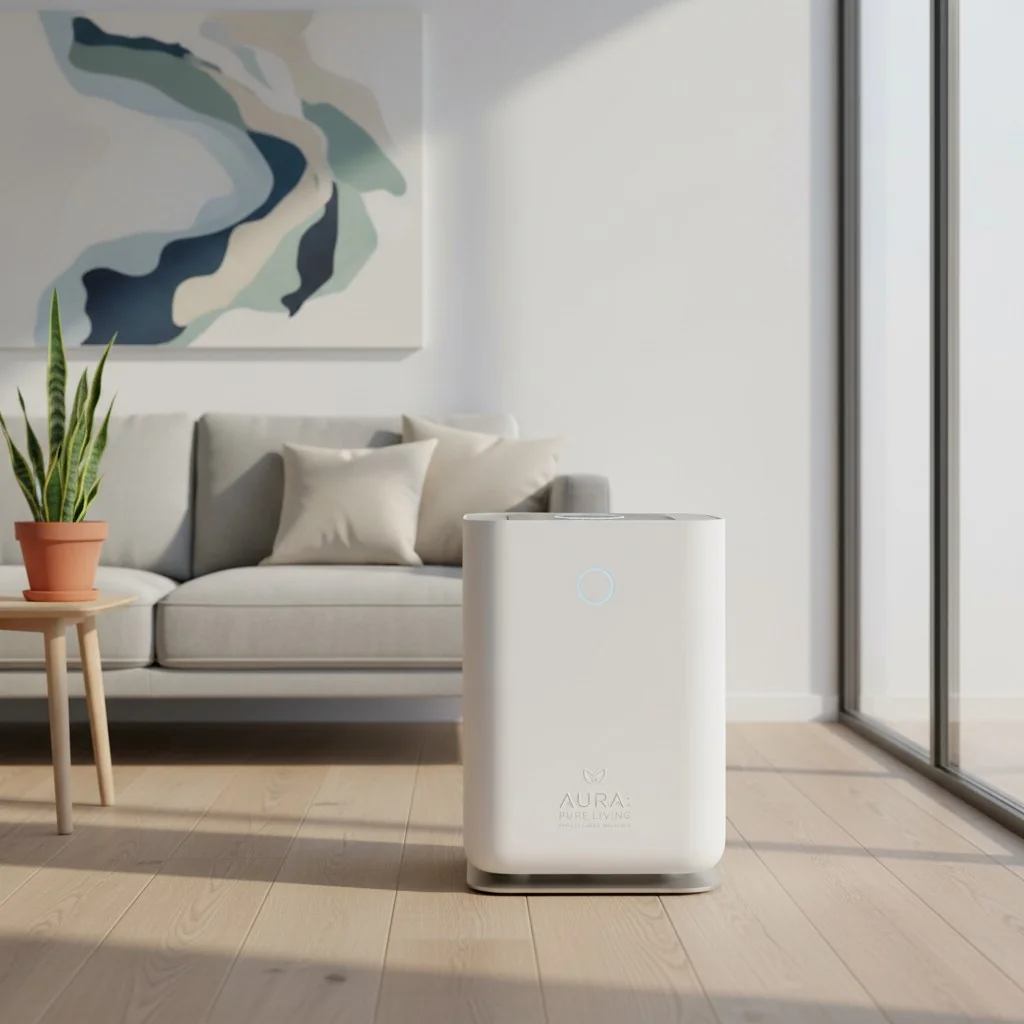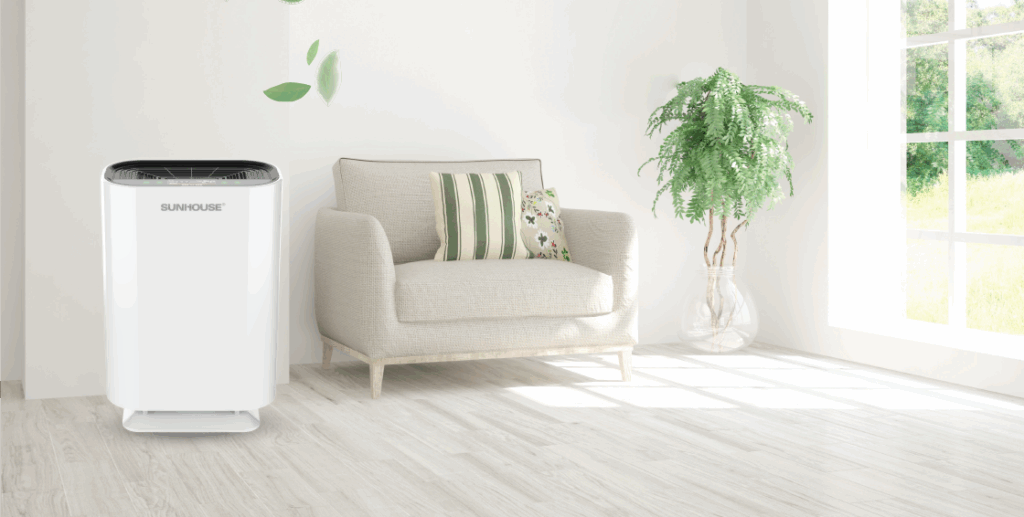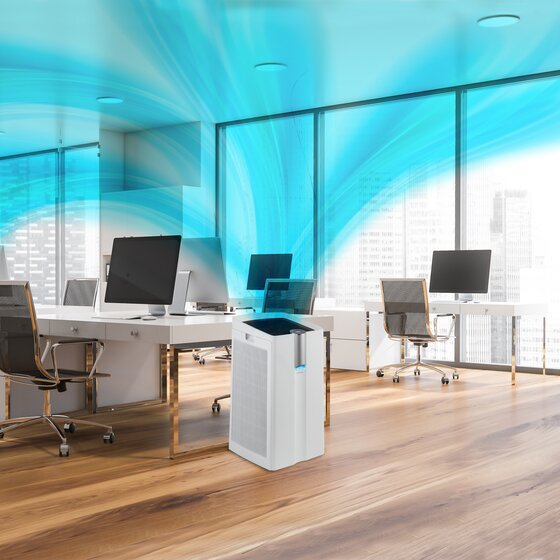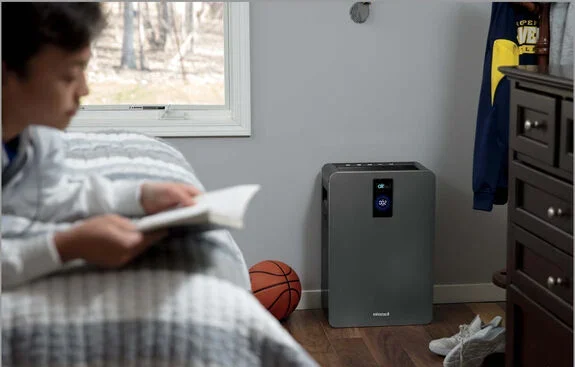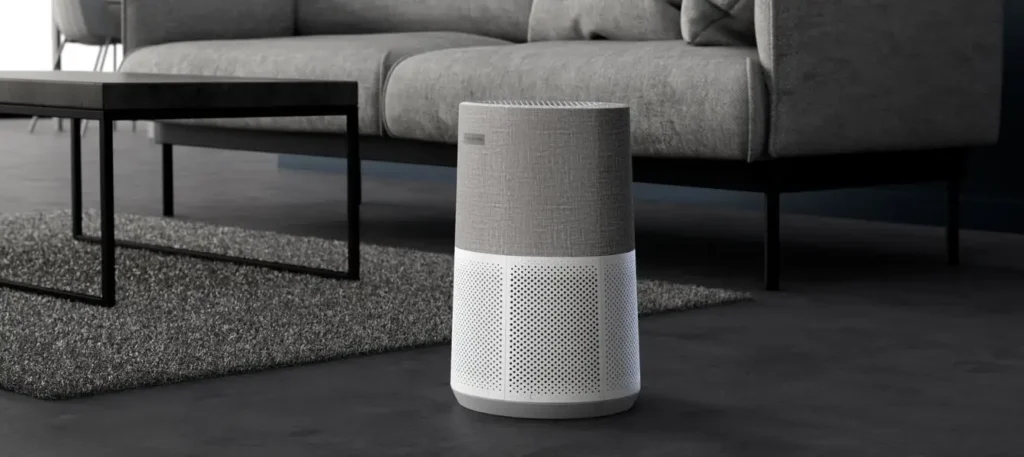When investing in an air purifier, one of the key questions consumers often ask is: "Where is it made?" For Austin Air Systems, a brand synonymous with robust construction and long-lasting filters, the answer is both straightforward and surprisingly nuanced. While the company proudly champions its "Made in America" identity, a deeper dive into its manufacturing and supply chain reveals a sophisticated hybrid model designed to balance quality, cost, and market positioning.
This article will explore the intricate details of Austin Air's production, from its expansive facility in Buffalo, New York, to the global origins of its components, providing a comprehensive understanding of what truly goes into an Austin Air purifier.
The Buffalo Nexus: Austin Air's American Home
The heart of Austin Air's manufacturing operations beats in Buffalo, New York. The company consistently highlights its 480,000-square-foot facility as the largest air cleaner manufacturing plant in the world. This impressive scale is not just a point of pride; it's a cornerstone of Austin Air's brand identity, projecting an image of stability, dominance, and a deep commitment to the market.
Within this massive facility, Austin Air asserts a significant degree of vertical integration, proudly stating that "everything is assembled in-house." This includes foundational manufacturing processes such as the forming of the durable 22-gauge steel housing and the application of the non-toxic, baked-on powder coat paint finish. This hands-on approach to the final production stages is crucial to the company's claims of superior build quality and durability.
The Buffalo plant offers substantial operational advantages, including direct oversight of the assembly line, stringent quality checks, and efficient inventory management. This capability was notably demonstrated during the COVID-19 pandemic when Austin Air was able to ramp up production and shipping to meet surging demand, effectively sidestepping the "pesky supply chain issues" that plagued many competitors reliant on overseas contract manufacturing. This domestic control reinforces the brand's marketing narrative of "Handcrafted in America" and "Built in Buffalo USA," evoking a sense of artisanal quality and robust industrial production that sets it apart from many mass-produced alternatives.

Beyond "Made in America": A Hybrid Global Supply Chain
While Austin Air's final assembly and core manufacturing processes are undeniably American, a closer examination reveals a more complex, global supply chain. The company's broad claims of using "materials from American companies" are not universally applicable to every single component within the purifier. Instead, Austin Air employs a strategic hybrid sourcing model, carefully balancing its commitment to domestic production with the economic realities of global manufacturing for certain parts.
This calculated approach allows Austin Air to leverage the powerful marketing appeal of being "Made in America" while simultaneously managing production costs to maintain profitability. Unlike many brands that heavily rely on manufacturing hubs in China (like Medify Air1, Fellowes2, и Cuckoo3) or South Korea (like RabbitAir4), Austin Air's primary assembly remains stateside5. However, this doesn't mean every single piece originates from the U.S.
Here’s a component-level breakdown of Austin Air’s sourcing strategy:
| Компонент | Documented Origin(s) | Analyst's Note |
|---|---|---|
| Steel Housing | Соединенные Штаты | This is fundamental to the "Made in America" and "durability" narrative. Sourcing this heavy, foundational component domestically anchors the brand's identity. |
| Активированный уголь | Соединенные Штаты | A critical filter medium for the company's focus on chemical and VOC removal. Domestic sourcing supports quality claims and aligns perfectly with the brand narrative. |
| Motor | United States, Mexico, Asian countries | A significant deviation from a purely "Made in America" ideal. This indicates a cost-optimization strategy for a high-value, complex component. The use of multiple international suppliers also suggests a risk mitigation strategy. |
| Power Cord | Overseas | The most explicit example of cost-driven global sourcing. U.S.-sourced cords are reportedly 7 to 10 times more expensive, making this a pragmatic economic decision for a non-performance-critical component. |
| Other Components | Канада | Demonstrates North American, but not exclusively U.S., sourcing, adding another layer of nuance to the "Made in America" claim. |
| HEPA Filter Media | "True Medical Grade HEPA" - Origin not specified | The specific geographic origin of the HEPA filter paper itself is not publicly stated. This is a notable omission for a product heavily marketed as "Medical Grade" and represents a key area of ambiguity in their supply chain transparency. |
| Paint Finish | In-house (Buffalo, NY) | The powder coating process is part of the in-house vertical integration, supporting claims of direct quality control over the final product's aesthetic and non-toxic finish. |
This evidence points to a deliberate business strategy. Austin Air prominently promotes the components most visible and central to its marketing narrative the solid steel body and the American-sourced carbon. Conversely, components sourced globally for cost efficiency, such as the internal motor and external power cord, are not typically highlighted in marketing materials. This allows the company to capture the powerful brand cachet of being "Made in America" while benefiting from the cost advantages of global sourcing.

The Strategic Rationale: Why Domestic Assembly (Mostly) Matters
Austin Air's commitment to maintaining its primary manufacturing and assembly operations in Buffalo is a strategic choice with significant implications for its market positioning.
Resilience and Quality Control
The company explicitly leverages domestic production as a key differentiator, arguing it helps avoid "pesky supply chain issues." In a volatile global economy, controlling final assembly allows for more predictable production schedules and quicker shipping within its primary North American market. This promise of supply chain stability resonates strongly with consumers and commercial buyers.
Furthermore, in-house assembly, from metal forming to final painting, implies a level of direct oversight and quality control difficult to replicate with outsourced manufacturing. The message is clear: a product built under one roof by a dedicated workforce is inherently more reliable and durable. This perception of superior quality, reinforced by the solid steel construction, justifies the product's premium price point.
Анализ затрат и выгод
Despite the benefits, the commitment to domestic assembly comes with economic trade-offs. The sourcing of certain components globally highlights these financial pressures. The fact that an American-made power cord would be seven to ten times more expensive than an overseas alternative illustrates that a 100% "Made in America" product would likely be prohibitively expensive. Austin Air, therefore, makes pragmatic decisions to source non-critical or high-cost components globally to manage its bill of materials and maintain viable profit margins.
The high initial purchase price of an Austin Air purifier (ranging from approximately $715 to over $990) directly reflects this strategic calculus, covering the premium for American labor, assembly, and large quantities of high-quality filtration media. To offset this, the company emphasizes long-term ownership costs, notably offering a 5-year pro-rated warranty on its filters—a feature unmatched by most competitors who require filter changes every 6 to 12 months. By promising five years of performance from a single filter, Austin Air reframes the economic debate from initial price to total cost of ownership, arguing that their more expensive unit is ultimately more economical.
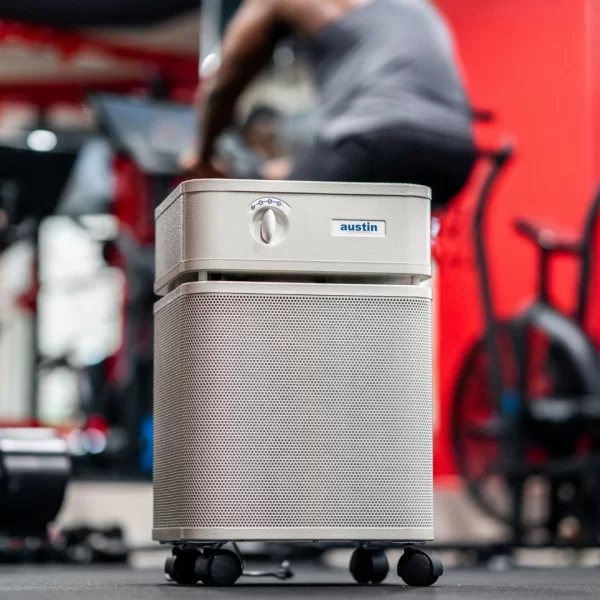
Building Credibility: From Personal Need to Clinical Validation
The credibility of the Austin Air brand is deeply rooted in a compelling origin story and fortified by strategic associations with respected institutions.
The Foundation Story
Founded in 1990 by Richard Taylor, Austin Air's inception was driven by a personal mission: to alleviate his wife Joyce's severe breathing difficulties. Taylor reportedly developed a filtration system that recreated a "hospital clean room" environment, combining True Medical HEPA filters with activated carbon to address both particulate and chemical contaminants. The success of this initial unit in providing his wife relief frames the company's purpose as mission-driven and born of necessity, rather than purely commercial ambition. This history positions Austin Air as a pioneer in the high-end air purification market, adhering to its foundational technology for over 30 years.
Credibility Through Association
Beyond its own history, Austin Air has masterfully built credibility through strategic associations with highly respected government, aid, and medical institutions. These endorsements provide powerful, third-party validation of the products' efficacy and reliability.
- Post-9/11 Deployment: Following the September 11th attacks, Austin Air purifiers were chosen by FEMA, the American Red Cross, and the U.S. Department of Housing and Urban Development (HUD) for deployment to residents and first responders in New York City. This was reportedly the largest deployment of air cleaners in American history.
- Chemical Weapons Disposal: The U.S. Army selected Austin Air units to protect residents in Anniston, Alabama, during the disposal of chemical weapons, underscoring their perceived effectiveness against chemical and VOC threats.
- Clinical Research: Austin Air asserts it is the only air purification manufacturer to partner with research organizations for clinical trials on its products. Collaborations include:
- Cincinnati Children's Hospital and the American Academy of Pediatrics (2001): Studied the reduction of asthma symptoms in children.
- Johns Hopkins University (starting 2009): Measured the reduction of indoor pollutants like Nitrogen Dioxide (NO2) for COPD patients and reduced secondhand smoke exposure for pregnant women and children.
- The University of Washington (2015): Assessed air quality improvement for children with asthma in an agriculturally polluted region.
These partnerships and their successful outcomes allow Austin Air to make clinically proven claims, a powerful differentiator in a market often filled with unverified marketing hype. This multi-layered structure of tangible quality, historical narrative, and authoritative external validation enables Austin Air to compete on a platform of trust, justifying its premium price.
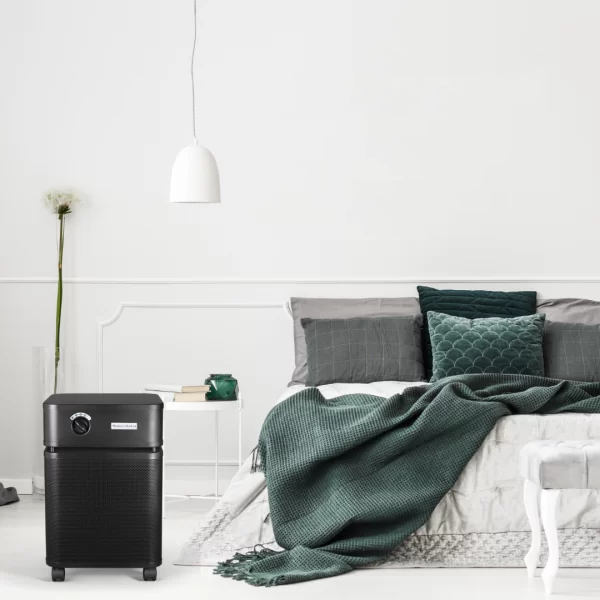
A Critical Look: Performance, Quality, and Value Proposition
Despite its strong brand narrative and reputation for durability, a critical assessment of Austin Air purifiers reveals certain trade-offs and areas of concern.
Performance Discrepancies
Austin Air units are widely acknowledged for their exceptional performance in gas, odor, and Volatile Organic Compound (VOC) filtration. This strength stems directly from their massive filter, containing up to 15 pounds of activated carbon and zeolite—a quantity far exceeding most competitors. This makes them a preferred choice for environments with heavy chemical loads, such as newly renovated homes or areas affected by wildfire smoke.
However, this focus on chemical filtration appears to come at the expense of particle filtration efficiency. Multiple independent reviews suggest "below average" performance for particle removal, with some critiques indicating the HEPA media is equivalent to an H11-grade filter (95% efficiency at its most penetrating particle size), which is lower than the H13 or H14 "True HEPA" standard found in many other premium purifiers. Austin Air's omission of official Clean Air Delivery Rate (CADR) numbers, which measure particle removal effectiveness, further complicates direct comparisons.
Quality Control and User Experience Concerns
While renowned for being "built-like-a-tank," some user reports, particularly post-2020, suggest a potential decline in quality control. Complaints include units arriving with "clanking" noises from the motor and a general increase in operational noise. These issues might be linked to the variability introduced by sourcing motors from multiple international suppliers.
Noise is a significant and recurring complaint. The powerful motor required to force air through inches of dense carbon media is inherently loud, especially on higher settings. Units are often described as "very noisy," making them disruptive in quiet environments like bedrooms precisely where they are often marketed for use.
The Value Proposition Debate
The high initial cost and substantial price of replacement filters (around $290 to $545) are frequent points of contention. While the company promotes the 5-year filter life as a long-term value, critics argue that the total cost of ownership remains high, especially when particle filtration performance may be lagging compared to competitors.
Austin Air's design philosophy is the source of both its greatest strengths and weaknesses. Optimizing for heavy-duty chemical and gas filtration necessitates a powerful, loud, and energy-intensive motor. This design choice, while excelling in one area, inherently leads to documented weaknesses in particle filtration, noise, and energy efficiency.
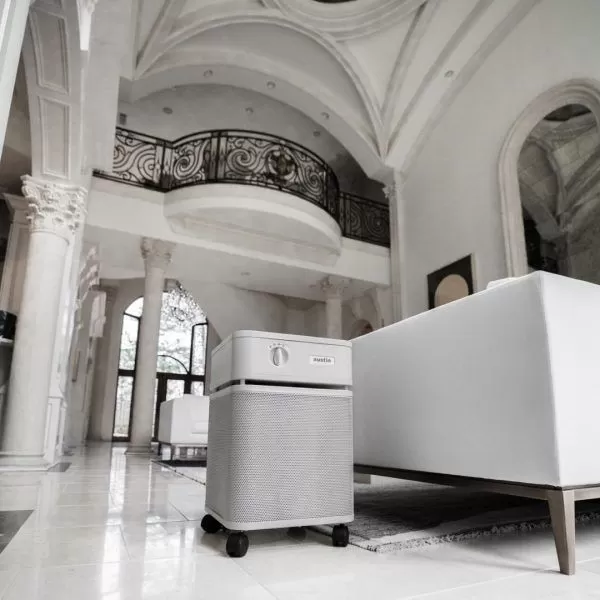
Conclusion: A Specialized Solution for Specific Needs
To answer the core question: Austin Air purifiers are assembled in a large, company-owned facility in Buffalo, New York. This domestic production forms the bedrock of the brand's identity. However, this straightforward answer is complemented by a hybrid global supply chain, where certain components are sourced internationally to manage costs a fact less emphasized in the company's primary marketing.
Austin Air's enduring success is built upon a unique paradigm that prioritizes a narrative of trust over the publication of competitive performance metrics. This narrative is meticulously constructed from the tangible durability of its American-assembled, solid-steel construction; a compelling, mission-driven origin story; and a powerful portfolio of endorsements from government agencies and successful clinical trials. This strategy allows the company to command a premium price and cultivate a loyal customer base that values longevity, chemical filtration, and institutional credibility above all else.
In essence, an Austin Air purifier is not a universally superior product but rather a highly specialized tool. It stands as a premier, perhaps unmatched, choice for consumers whose primary concern is the robust removal of chemicals, gases, and VOCs, and who value extreme durability, a trusted brand story, and a simplified user experience. Conversely, it may be a less optimal choice for those who prioritize benchmarked particle filtration efficiency (CADR), low operational noise, high energy efficiency, and transparent, data-driven performance specifications. The company has carved out a defensible and profitable niche by making a clear set of design trade-offs, and its future success will depend on its ability to maintain the quality and credibility that justify its unique position in the market.
References:
-
HisoAir. Where Are Medify Air Purifiers Manufactured? Retrieved from https://hisoair.com/medify-air-purifiers-manufacturing-locations/ ↩
-
HisoAir. Where Are Fellowes Wall-Mounted Air Purifiers Manufactured? Retrieved from https://hisoair.com/where-are-fellowes-wall-mounted-air-purifiers-manufactured/ ↩
-
HisoAir. Where Are CUCKOO Wall-Mounted Air Purifiers Manufactured? Retrieved from https://hisoair.com/cuckoo-wall-mounted-air-purifier-manufacturing-origins-and-b2b-market-insights/ ↩
-
HisoAir. Where Are Rabbit Air Wall-Mounted Air Purifiers Manufactured? Retrieved from https://hisoair.com/where-are-rabbit-air-wall-mounted-air-purifiers-manufactured/ ↩
-
HisoAir. US Market Insights: Home Air Purifiers. Retrieved from https://hisoair.com/us-market-home-air-purifiers/ ↩


